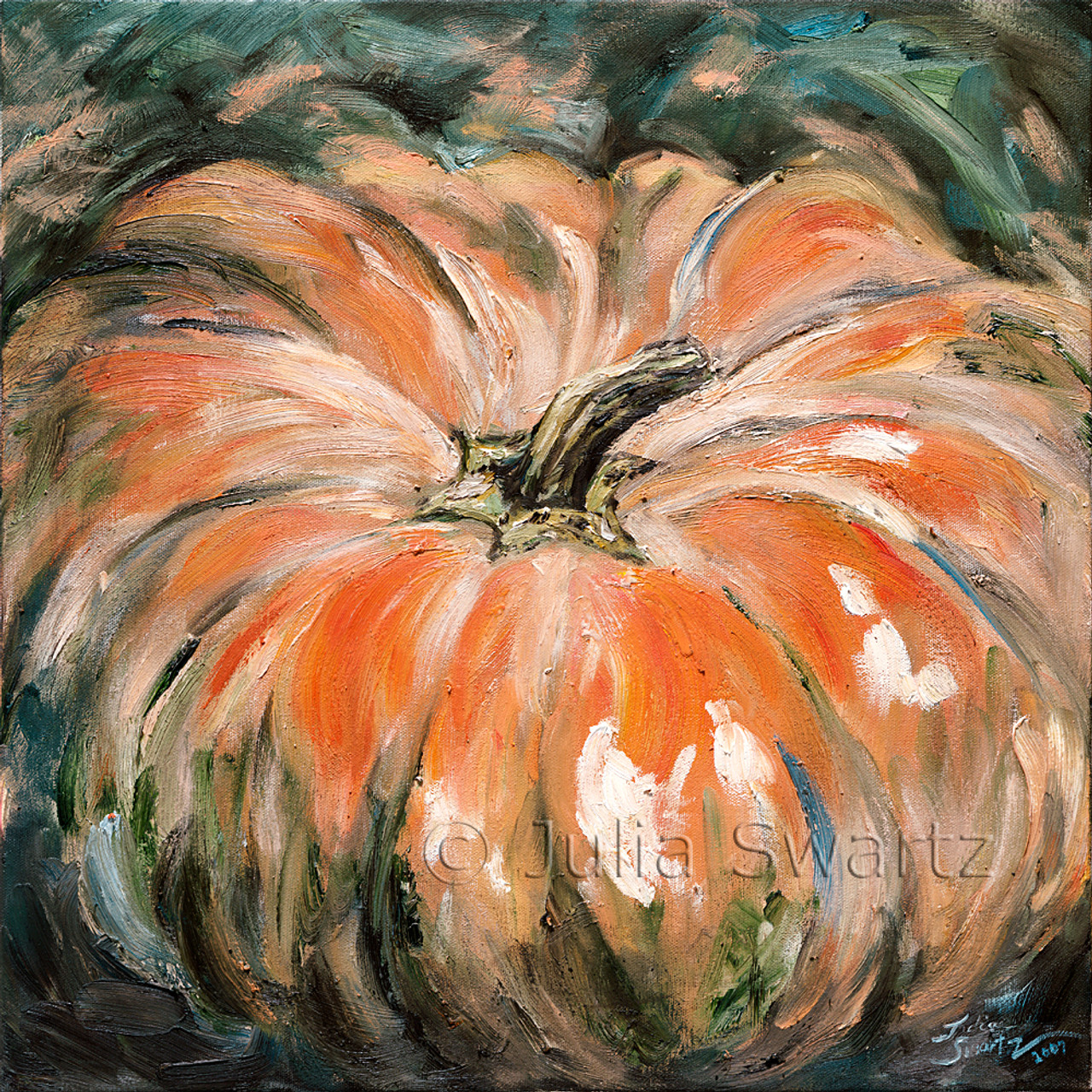Checking out Everything About Oil Paintings: A Guide to Understanding Their Beauty and Value
Oil paintings have captivated audiences for centuries, offering a look right into the creative mastery of different ages. Their rich history is intertwined with innovative techniques and profound emotional expression. Understanding the materials and methods behind these artworks can enhance admiration. In addition, the marketplace for oil paintings offers possibilities for financiers and collectors alike. As one explores this fascinating globe, the inquiry develops: what makes an oil painting truly valuable?
The History of Oil Paint: A Trip With Time
Oil painting has origins that date back to ancient times, it genuinely flourished during the Renaissance, when musicians discovered its versatility and abundant color possibility. Early instances can be traced to the 7th century, with strategies progressing notably throughout societies. The medium came to be popular in Northern Europe in the 15th century, particularly with the works of musicians like Jan van Eyck, who pioneered its usage for comprehensive realism and lively tones. This period noted a departure from tempera paints, allowing for higher depth and texture. As oil painting spread, it affected numerous musicians, bring about masterpieces by popular numbers such as Leonardo da Vinci and Rembrandt. The medium's tradition proceeds, shaping the art world well right into modern times.
Comprehending Oil Repaints: Products and Techniques
As artists check out the globe of oil paints, they encounter a diverse variety of products and methods that specify this tool. The key components of oil paint include pigments, which give color, and drying oils, such as linseed, that bind the pigments and assist in application. Various additives can customize the paint's texture and drying out time, improving convenience. Methods like glazing, where clear layers are constructed up, and impasto, which involves applying thick paint, permit different visual effects. In addition, making use of brushes, combination blades, and also fingers can develop special textures and finishes. Comprehending these materials and techniques allows musicians to completely reveal their creative thinking and attain the wanted influence in their art work.
The Duty of Shade in Oil Paints
Shade plays a critical function in oil paintings, affecting both visual allure and psychological vibration. Recognizing shade concept fundamentals, including the connections between shades, can enhance an artist's ability to share mood and atmosphere. Furthermore, grasping color blending methods permits better depth and richness in a paint's palette.

Color Theory Basics
Understanding shade concept is essential for musicians functioning with oil paints, as it forms the foundation for creating visually engaging and unified structures. Shade concept encompasses the study of exactly how colors interact, the shade wheel, and the partnerships between primary, secondary, and tertiary shades. Musicians make use of complementary colors to boost contrasts and produce focal points, while similar colors promote unity and cohesiveness within an item. Furthermore, the principles of amazing and warm shades influence the perception of deepness and space in a paint. Understanding these principles permits artists to adjust color efficiently, guiding the visitor's eye and interacting their designated message. Proficiency of shade theory inevitably improves a musician's capability to share feelings and ideas via their work.
Psychological Effect of Color
The psychological impact of shade in oil paints plays a vital function in just how customers perceive and attach with artwork. Shades evoke details sensations and state of minds, influencing the audience's emotional state. Warm tones like reds and oranges can develop a sense of warmth and power, while great tones such as blues and eco-friendlies typically stimulate peace or self-questioning. Artists purposefully choose shade combinations to boost narrative elements, assisting the target market's psychological trip. The saturation and comparison of shades better enhance these results, drawing attention and producing emphasis. Eventually, the interplay of colors in oil paintings not only improves their visual charm yet likewise serves as a powerful medium for emotional expression, enhancing the customer's experience and analysis.
Shade Combining Techniques
While numerous elements of oil paint contribute to the overall structure, grasping color blending strategies is crucial for accomplishing desired impacts and deepness. Color mixing can be come close to with different techniques, including the subtractive and additive processes. Additive mixing involves integrating colors of light, while subtractive mixing relies upon pigments, where shades blend to create brand-new shades. Artists typically use a limited palette to develop harmonious works, recognizing the partnerships between primary, second, and tertiary shades. Methods such as glazing and scumbling even more boost deepness and luminosity. By masterfully blending colors, an artist can evoke feelings, create prime focus, and attain a sense of realistic look, eventually elevating the paint's aesthetic and emotional effect.
Famous Oil Painters and Their Iconic Functions

Famous for their mastery of shade and technique, oil painters have produced some of one of the most celebrated artworks in background. Renowned artists like Vincent van Gogh astounded audiences with his emotive brushwork in "Starry Evening," while Claude Monet's "Impression, Sunup" laid the groundwork click here for Impressionism. Leonardo da Vinci's "Mona Lisa" continues to be an enduring sign of imaginative genius, showcasing his ability in recording human expression. Rembrandt's "The Evening Watch" shows his innovative use of light and darkness. Various other remarkable numbers consist of Pablo Picasso, that revolutionized contemporary art with his vibrant experimentation in works like "Les Demoiselles d'Avignon," and Georgia O'Keeffe, whose lively representations of flowers and landscapes helped define American modernism. Each artist's special design added substantially to the oil paint landscape.
Exactly how to Examine the Quality of an Oil Painting
Evaluating the top quality of an oil painting includes a cautious assessment of craftsmanship techniques, in addition to an analysis of color and make-up. Observing brushwork, layering, and the application of paint can disclose the musician's skill level. Additionally, the interplay of colors and the overall arrangement of aspects add significantly to the painting's aesthetic worth.
Analyzing Craftsmanship Techniques
A meticulous analysis of workmanship techniques is important for identifying the quality of an oil paint. Evaluators should initially analyze the application of paint; thick, distinctive brushstrokes may suggest a skilled hand, while extremely uniform applications might indicate an absence of depth. oil paintings for sale. The layering strategy is likewise vital; the existence of glazes and differed thickness can boost luminosity and intricacy. Additionally, the top quality of the products made use of, such as the canvas and pigments, plays a substantial duty in toughness and overall visual. Focus to detail in elements like sides and shifts in between colors shows the artist's commitment to their craft. Inevitably, these methods add to the painting's emotional influence and market value, working as indications of the artist's ability and intent
Analyzing Color and Structure
While assessing the top quality of an oil painting, one need to concentrate on the interplay of color and structure, as these elements are basic to the artwork's overall influence. Color selections can establish and stimulate emotions state of mind; for that reason, the musician's combination need to be analyzed for consistency and contrast. A well-balanced make-up directs the visitor's eye and creates a feeling of unity. Musicians typically use techniques like the policy of thirds or leading lines to enhance visual passion. Additionally, using light and darkness can add depth, improving the three-dimensionality of the paint. Ultimately, an effective oil paint marries color and make-up, engaging the viewer and welcoming a deeper appreciation of the artist's vision and method.
Taking care of and Preserving Oil Paintings
Correct care and preservation of oil paintings is crucial for maintaining their stability and durability. To safeguard these artworks, it is essential to present them far from direct sunshine, which can trigger fading and staining. Keeping a steady atmosphere with controlled temperature and moisture more aids in stopping damage. Cleaning up should be done gently making use of a soft, completely dry towel, preventing any harsh chemicals that could damage the paint or varnish. Routine evaluations for signs of wear and tear, such as flaking or fracturing, are suggested. When saving or delivering oil paintings, proper extra padding and framework are needed to avoid physical harm. Inevitably, persistent care adds to the visual allure and worth of oil paintings with time.
The Marketplace for Oil Paintings: Collecting and Spending
Understanding the market dynamics for oil paints is important for collection agencies and investors alike. The worth of these artworks is affected by various variables, including the artist's online reputation, historic importance, and current fads. Collection agencies typically seek items that resonate directly while taking into consideration possible recognition in worth. Auctions and galleries offer as primary venues for trading, with prices changing based upon need and rarity. Buying oil paints calls for research into the marketplace, as well as an understanding of credibility and provenance. Furthermore, emerging artists might use opportunities for significant returns, while developed names can regulate high rates. Overall, a calculated approach to gathering can produce both visual enjoyment and economic incentives.

Regularly Asked Concerns
What Are the Environmental Influences of Oil Paint Materials?
The environmental influences of oil painting products consist of the release of unpredictable organic compounds (VOCs), unsafe waste generation, and source extraction for pigments. These variables add to pollution and eco-friendly destruction, elevating problems among environmentally mindful musicians and customers.
How Do Various Canvases Affect Oil Paint Results?
Various canvases influence oil paint results significantly. Absorbency, structure, and surface high quality can change paint application, drying times, and shade vibrancy. Artists often pick details canvases to achieve preferred effects and improve their imaginative expression.
Can Oil Paintings Be Restored if Harmed?
Oil paintings can indeed be restored if harmed. Professional conservators make use of numerous techniques to fix tears, tidy surfaces, and address staining, making certain that the artwork keeps its original charm and value for future generations.
What Are the Indicators of an Initial Oil Painting?
The signs of an original oil paint consist of visible brush strokes, texture variants, and an irregular canvas weave (oil paintings for sale). Furthermore, credibility might be verified with provenance, signatures, and the visibility of a varnish layer special to oil mediums
Just How Has Modern Technology Influenced Modern Oil Paint Techniques?
Innovation has greatly influenced modern oil painting strategies by introducing digital devices for preparation, improved materials for texture and longevity, and on the internet platforms for sharing and marketing art, thus increasing artists' imaginative opportunities and target market reach. Oil paint has roots that date back to old times, it absolutely grew throughout the Renaissance, when artists uncovered its flexibility and abundant color possibility. The emotional influence of color in oil paintings plays a vital function in how customers link and perceive with art work. While lots of elements of oil paint contribute to the total structure, understanding color blending strategies is crucial for attaining preferred impacts and depth. Evaluating the top quality of an oil paint includes a careful analysis of craftsmanship techniques, as well as an evaluation of color and composition. While assessing the top quality of an oil painting, one have to focus on the interplay of color and composition, as these aspects are fundamental to the art work's total influence.